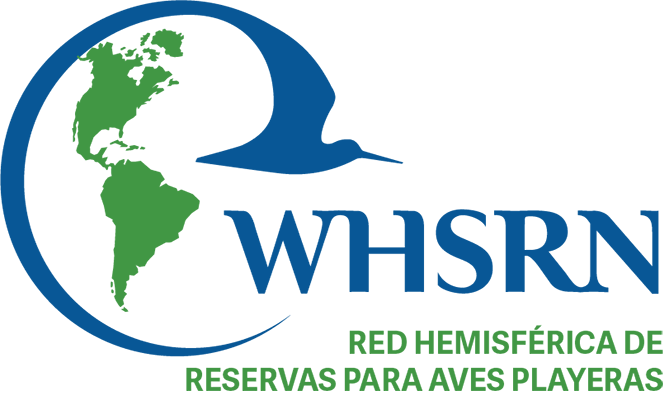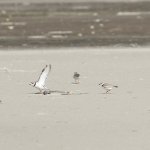After many months of waiting, shared emotions, and teamwork, the first international exchange of Experiencia Ambientalia has come to an end. This exchange had the objective of uniting the youth of two sites of utmost importance for shorebirds, connected by the migration of a small bird: Wilson’s Phalarope. Laguna Mar Chiquita (Argentina) and Mono Lake, along with the Great Salt Lake (the latter in the United States), have been part of a “tripartite twinning” since June 1992, based on ecological similarities and the large number of Wilson’s Phalarope (Phalaropus tricolor) that migrate between them.
More than 30 years later, the Western Hemisphere Shorebird Reserve Network (WHSRN), Manomet Conservation Sciences, Fundación Líderes de Ansenuza, and the Mono Lake Committee joined together, with the support of numerous interested organizations and individuals, in an unprecedented journey to realize an international exchange of environmental leaders.
The Experiencia Ambientalia program carried out at both sites, seeks to connect young people with their home ecosystems through education, introduce them to salt lakes throughout the Western Hemisphere, and cultivate in them a sense of environmental responsibility. Experiencia Ambientalia connected students from Lago Mono and Laguna Mar Chiquita to carry out various environmental conservation activities, such as bird-watching outings, community shoreline cleanups, and creating maps of threats to the Wilson’s Phalarope. After a year of hard work and much learning, the outstanding participants from both places were selected to participate in the long-awaited international exchange.
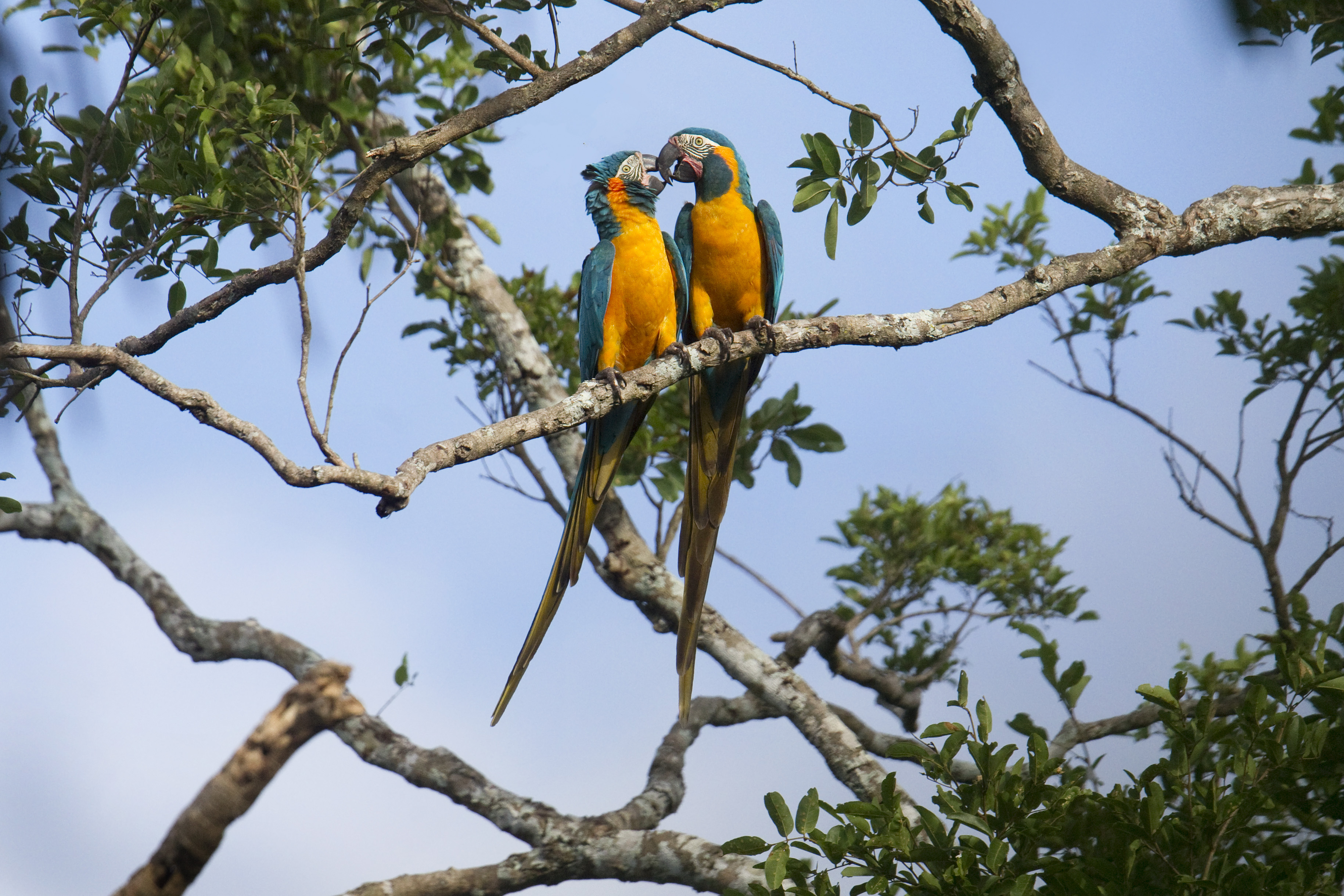
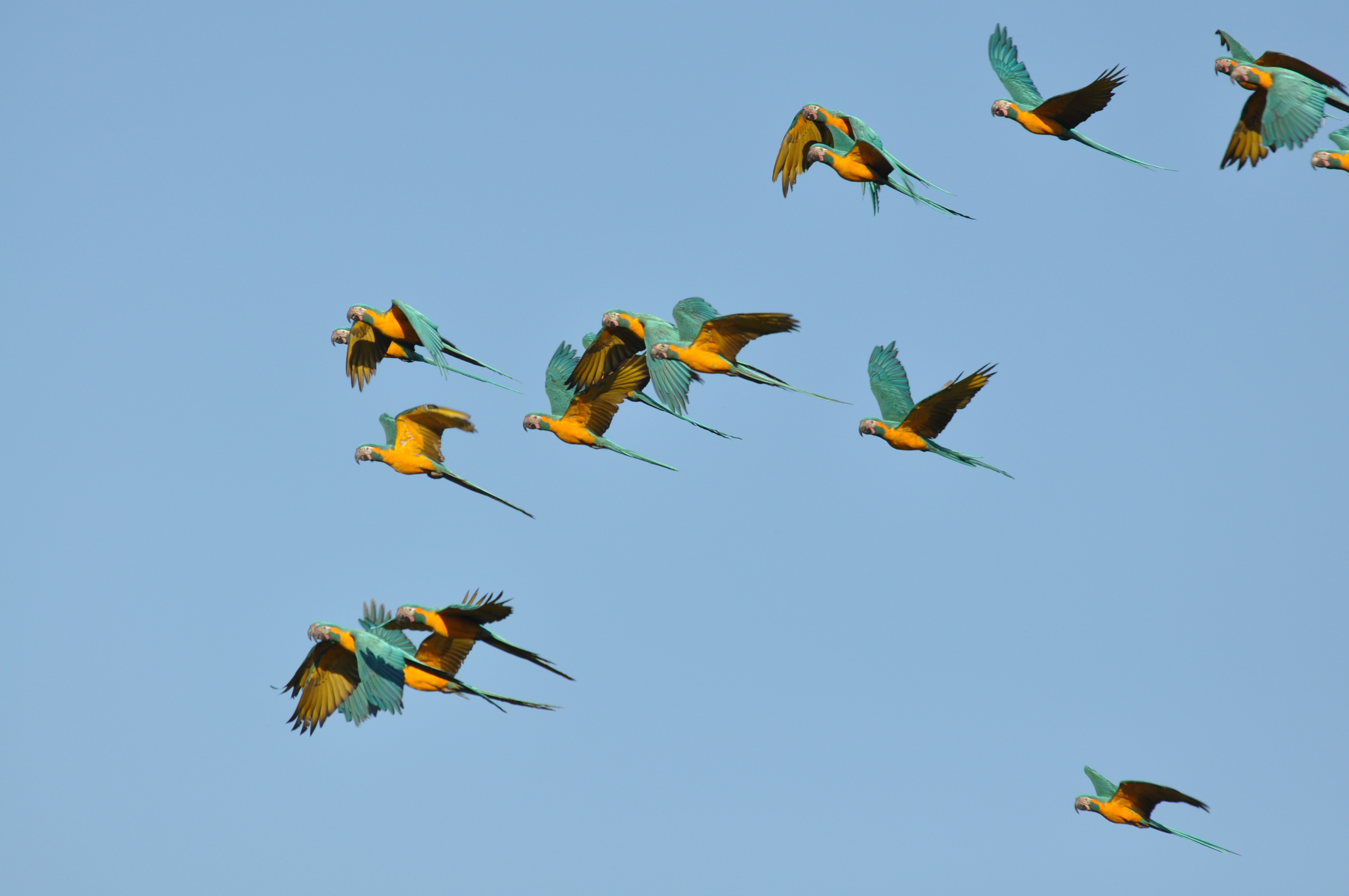
Left: A Blue-throated Macaw pair ready for breeding. Photo: Daniel Alarcon. Right: A flock of Blue-throated Macaws at Barba Azul. Photo: Sebastian Herzog.
Migrating north
First, it was the turn of the Argentines, 5 students, a teacher, and staff members from Mar Chiquita traveled to Lee Vining, California in June 2024. In addition to getting to know this incredible place and its beautiful landscapes, the exchange allowed them to learn from their American peers about the Mono Lake ecosystem and the challenges it faces. An unforgettable moment was observing the Phalaropes in their nuptial plumage for the first time. Santiago Escruceria, the program director, welcomed us at the Outdoor Education Center and Ryan Garret, the Mono Lake Committee’s Education Coordinator.
To top it all off, the students participated in the Mono Basin Bird Chautauqua Bird Festival, a popular festival in the region that features field trips, workshops and presentations to introduce participants to the world of birds. In it, the youth from both lakes presented to a full house, showcasing all the work they have done during the year. A unique opportunity for their leadership path.
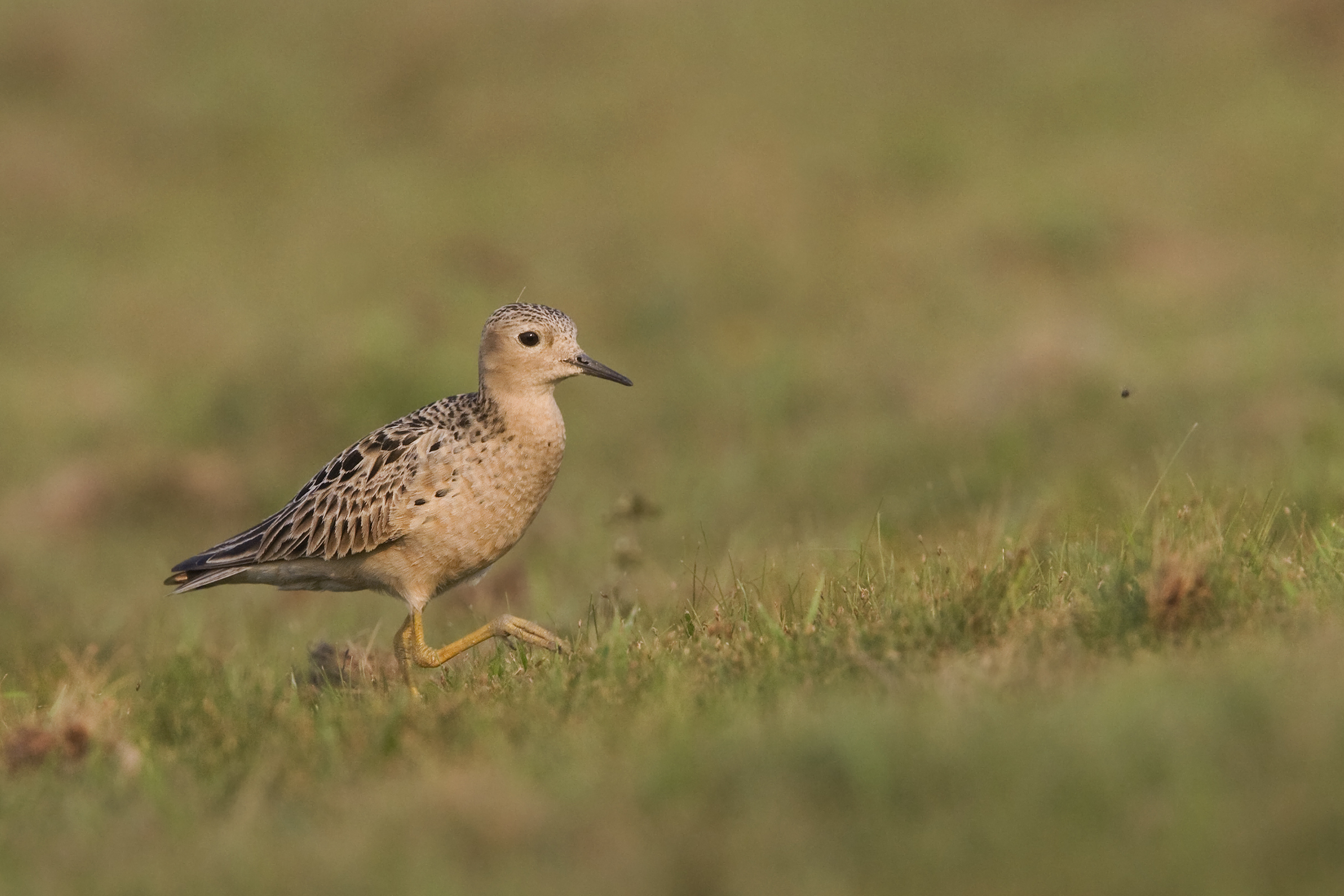
A Buff-breasted Sandpiper at Barba Azul Nature Reserve in Bolivia. Photo: Daniel Alarcon
Migrating South
Next, it was the Americans’ turn. In July, six students and educators from Mono Lake had the chance to experience the Ansenuza region, exploring all it has to offer while engaging in educational activities focused on conservation, ecology, and leadership.
With a complete perspective in mind, the participants discussed the bond between our “sister lakes” and the bird that unites us, Wilson’s Phalarope. They then began designing a conservation project for the species that future generations of the program will carry forward. Cultural exchange is essential when developing joint projects; however, this would not be possible without the dedication and passion of young participants.
To close out this journey, everyone signed a reaffirmation of the tripartite agreement, committing to protect their ecosystems and securing the future of our sister lakes.
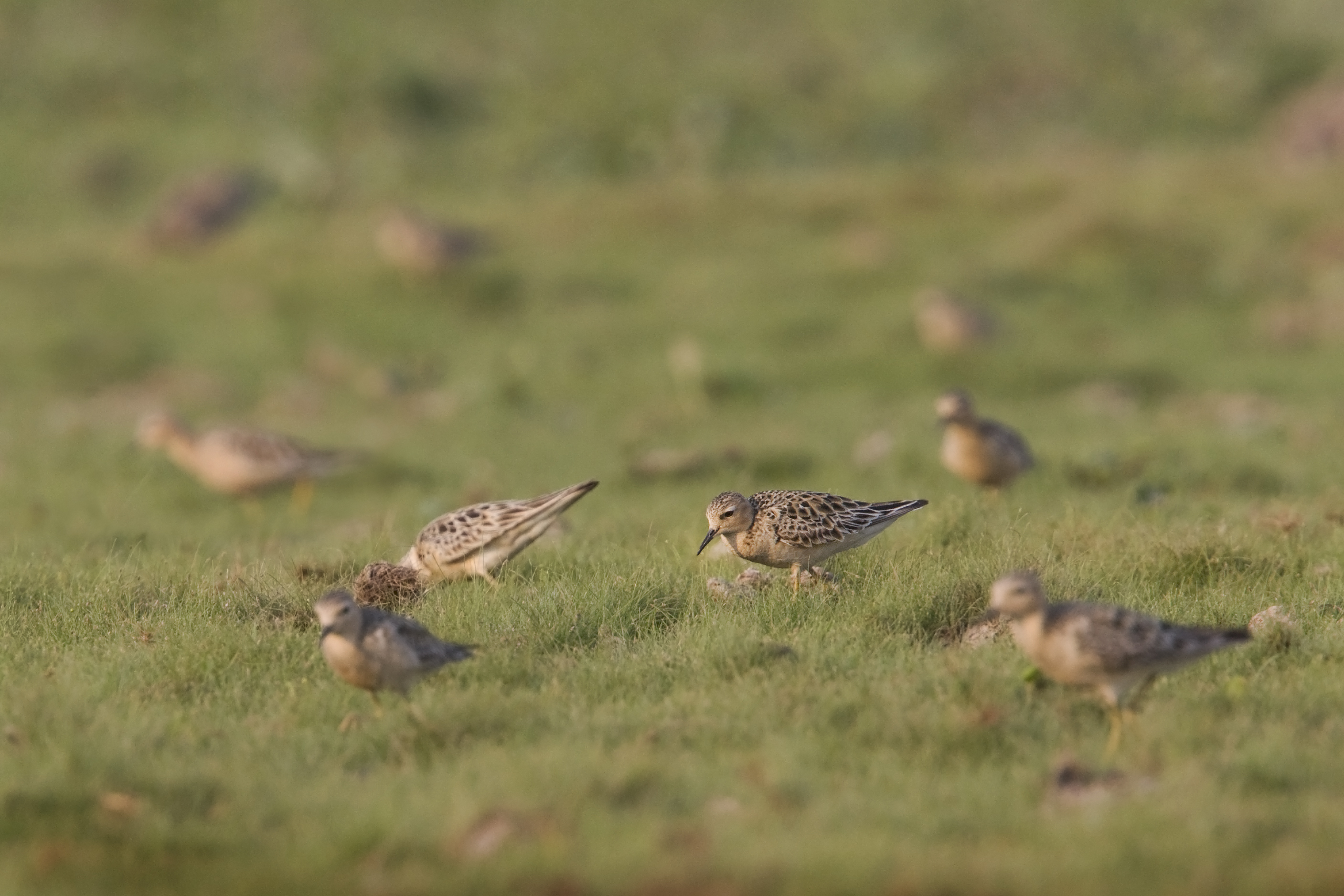
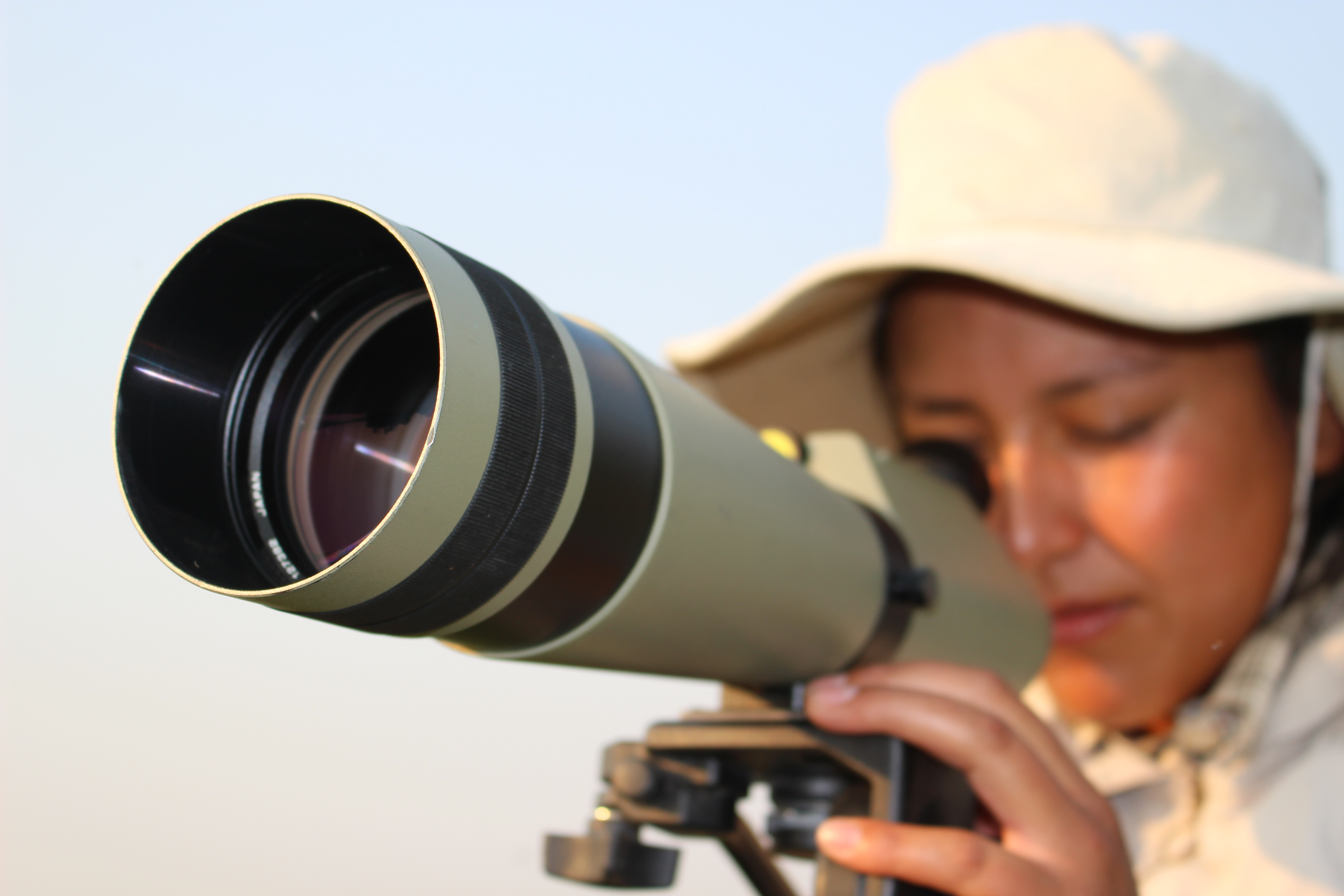
Monitoring Buff-breasted Sandpipers at Barba Azul. Photos: Daniel Alarcon (left) and Tjalle Boorsma (right).
Some participant reflections on the program include:
“Without a doubt, this experience was incredibly enriching—something I will always carry with me. Learning so much alongside wonderful people is an opportunity I am deeply grateful for. I feel very happy and proud to have represented our country in the U.S.”
“Spending time in another country and working with international peers has expanded my perspective. I’ve gained a deeper understanding of the cultures and approaches of both lakes. This experience has improved my communication and teamwork skills and strengthened my commitment to making a positive impact on the world.”
“The international exchange provided me with a safe space to practice languages, build friendships, and most importantly, learn about another country’s culture. It has had a strong impact on my decision to study International Relations and equipped me with stronger tools, like meeting conservation specialists, to deepen my knowledge.”
We hope this wonderful exchange marks the beginning of many more in the future, connecting young people passionate about protecting the places they call home. By uniting future environmental leaders from these regions, we can ensure the legacy of our sister lakes for generations to come.
Cover Photo: A mussel bed in Cape Cod, United States. Photo: Alan Kneidel.


